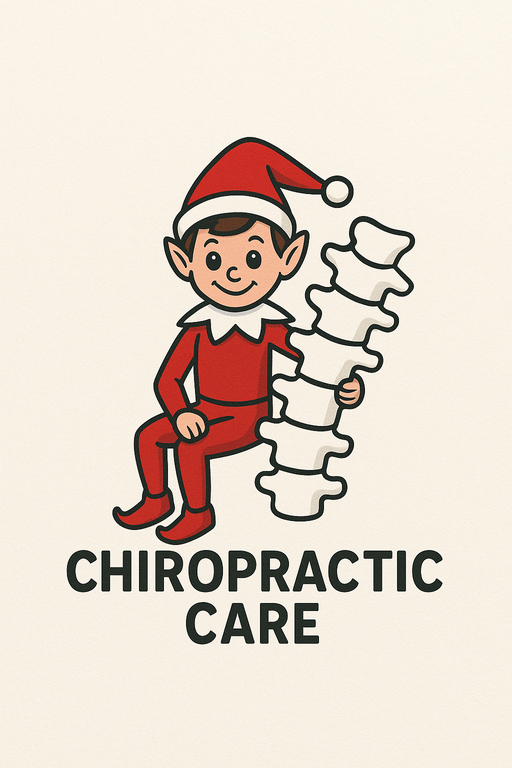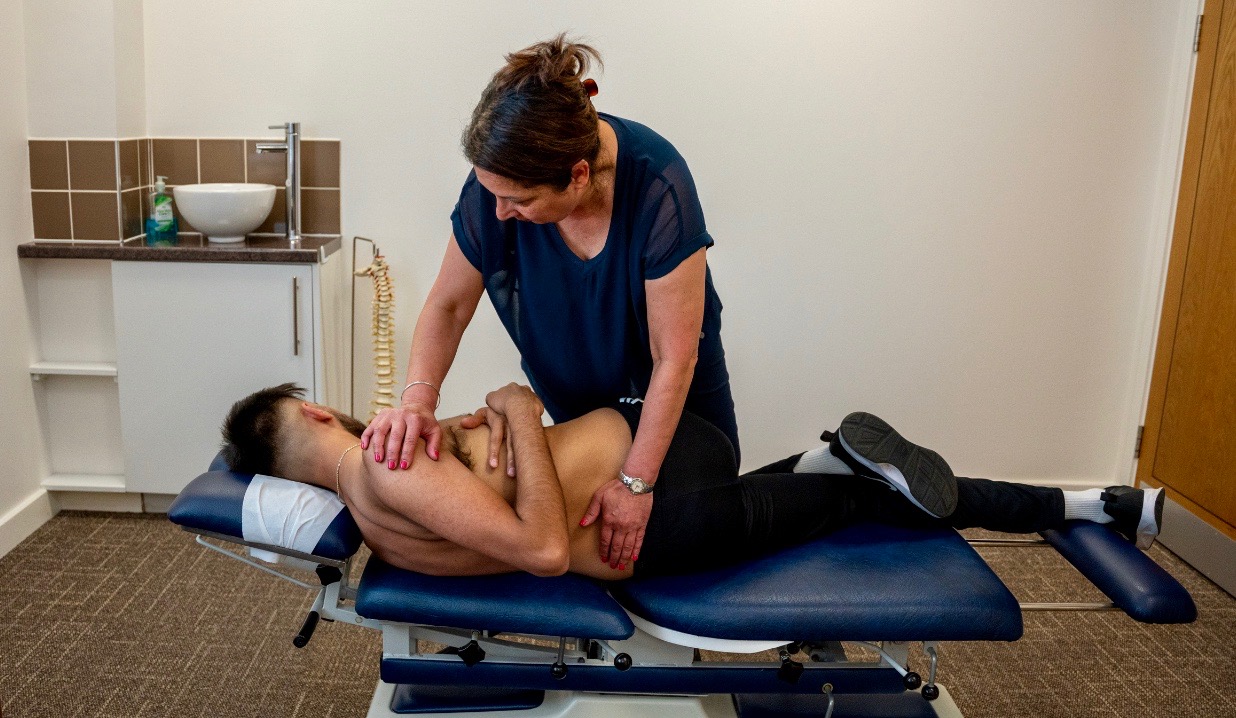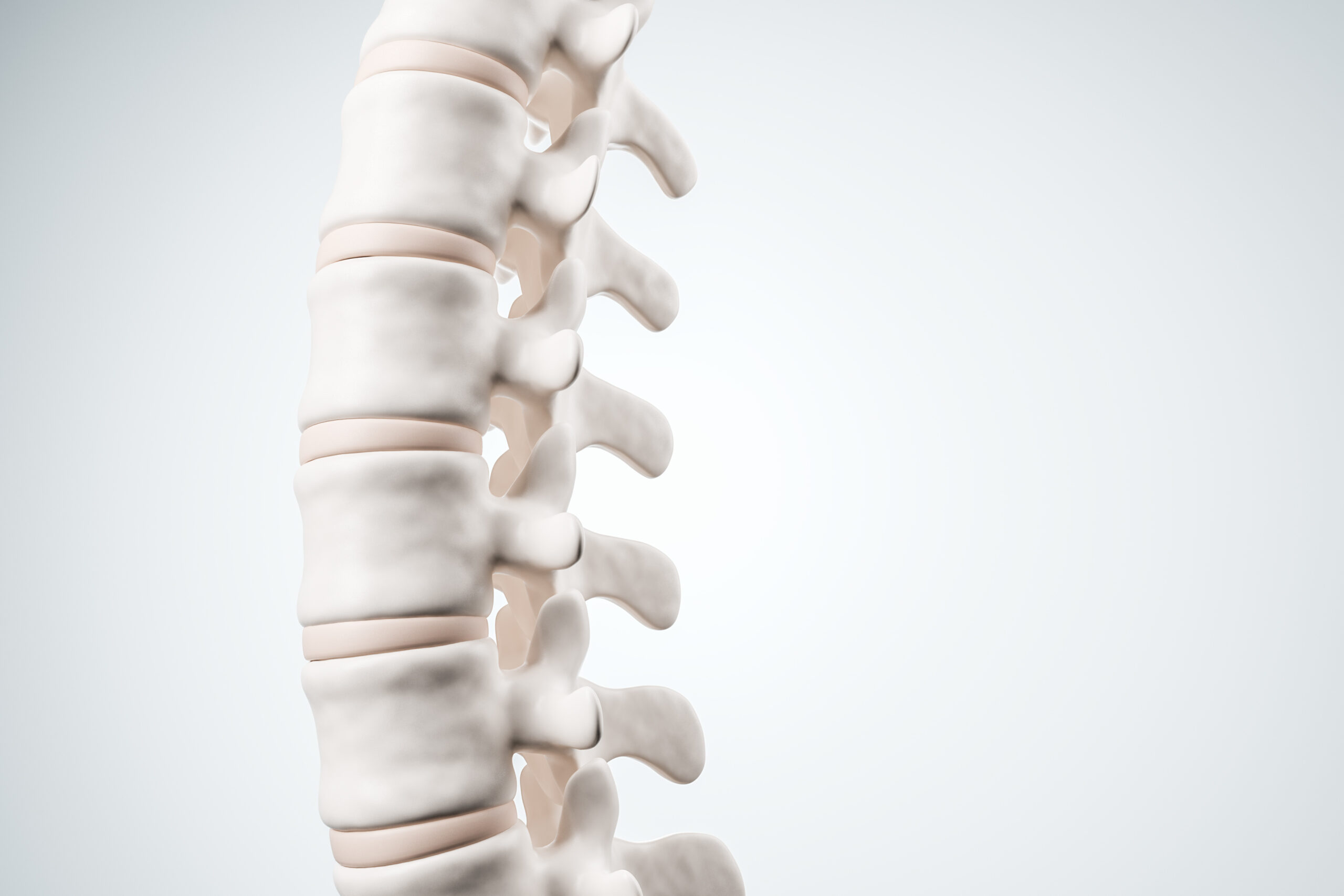How Joints Misalign Or Lock Up
How Joints Function
Joints allow two bones to move in relation to each other through muscle activity. Muscles contract when they receive signals from nerves that originate in the spinal cord. Vertebral joints, like all joints, move within specific limits controlled by muscles and the nervous system.
What Happens When a Joint Gets Irritated
Injuries, poor posture, or repetitive strain can irritate the sensitive capsules that surround and lubricate joints. When this happens, the nervous system triggers nearby muscles to contract, limiting movement to protect the joint from further harm. This protective response may also occur if other joint structures—like ligaments, discs, or bones—become injured.
These muscle contractions can lock a joint partially or completely. Sometimes the joint remains in its neutral, aligned position; other times, uneven muscle tension pulls it out of alignment. Either way, the muscles act like a splint to support healing.
When the Protective Mechanism Backfires
While this mechanism helps protect injured tissue, it doesn’t always switch off when healing finishes. Overactive muscles may restrict their own blood supply, causing a buildup of waste products like lactic acid. This irritates nerves, causing more pain and triggering further muscle spasm—a vicious cycle.
Over time, one ligament might stretch while another becomes slack, creating an imbalanced, misaligned posture. If multiple joints lock in one region, nearby joints must overcompensate by moving more. This extra movement can lead to strain, instability, and even early-onset osteoarthritis.
Gradually, stiffness increases. Simple movements like bending down or reversing a car may become difficult. Often, people don’t notice this progression until a flexible area becomes injured and painful.
How a Chiropractic Adjustment Helps
Before adjusting a joint, the chiropractor removes all the “slack” to control the movement accurately. The patient must relax to ensure comfort and effectiveness. The chiropractor then delivers a fast, controlled thrust that stretches the joint capsule and surrounding soft tissues.
This technique pushes the joint to its “elastic barrier”—the furthest point it can go without pain or tissue resistance. Because the movement is quick, it bypasses the body’s natural resistance and restores mobility. Often, a cracking sound follows.
What Causes the “Crack” Sound?
Many used to believe the crack came from bones snapping back into place or ligaments snapping tight. However, in the 1960s, researchers at Leeds University discovered that the sound comes from inside the joint fluid. When the joint stretches, a vacuum forms and gas escapes from the fluid, creating bubbles. These bubbles then collapse into one larger bubble, which bursts with a “pop.”
This happens in a split second and causes no pain. While it may signal a successful adjustment, the crack itself isn’t essential to the result.
The Real Effect of the Adjustment
The rapid stretch produces a neurological response that relaxes tight muscles and restores joint motion. In some cases, where ligaments have shortened over time, the stiffness may return—but usually less severely. With repeated chiropractic care, shortened ligaments can lengthen, and the joint can regain normal movement.
Silent Adjustments Can Still Be Effective
Not all effective treatments involve a pop or crack. Chiropractors use various gentle techniques to restore function—especially when high-velocity adjustments aren’t appropriate. B.J. Palmer, son of Chiropractic founder D.D. Palmer, famously said: “It is more important to know when not to adjust than when to adjust.”
So if your chiropractor says your bone isn’t “out of place” or if you don’t hear a crack during treatment, don’t worry. Joints can be locked and painful even if they appear aligned. And often, the best results come from subtle, quiet adjustments.
Read More About Chiropractic Treatment Here!


